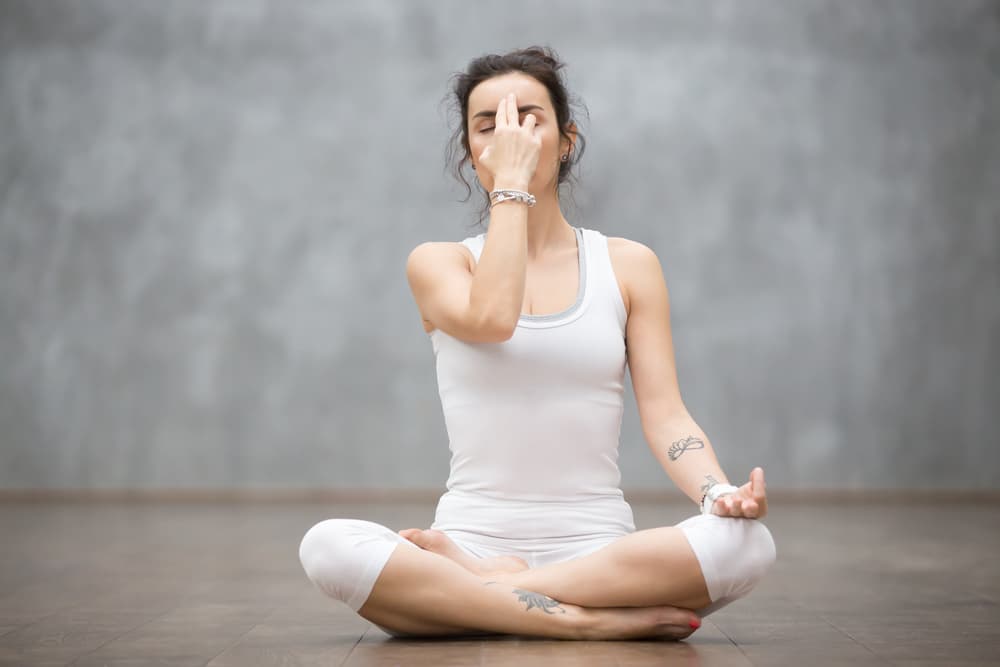Our eyes are constantly in motion, from the subtle adjustments we make to focus on a book to the swift shifts when scanning a busy street. Understanding eye movement is crucial not only for appreciating how we perceive the world but also for optimizing our visual health through targeted exercises and lifestyle adjustments. This article explores the fascinating dynamics of eye movement and offers practical advice on how to support and enhance your vision.
The Basics of Eye Movement
Eye movement is a complex process governed by a set of intricate mechanisms involving the brain and eye muscles. There are several types of eye movements, each serving a unique purpose:
- Saccades: These are rapid, jerky movements that help us quickly shift our gaze from one point to another. For example, when reading, our eyes make saccadic movements to jump from word to word.
- Smooth Pursuit: This movement allows us to track moving objects smoothly and steadily, such as following a car on the road or watching a tennis ball during a match.
- Vergence: This refers to the simultaneous movement of both eyes in opposite directions to maintain single binocular vision as an object moves closer or farther away.
- Nystagmus: Characterized by involuntary, repetitive eye movements, nystagmus can be horizontal, vertical, or rotary, and may occur due to various health conditions.
Understanding these movements can provide insight into how we process visual information and how disruptions in these processes can affect our daily lives.
The Role of Eye Exercises
Incorporating eye exercises into your routine can significantly improve visual performance and comfort. Here are some effective exercises designed to enhance eye movement and reduce strain:
- Focus Shifting: Hold a pen or your finger at arm’s length and focus on it. Slowly bring it closer to your nose while keeping your eyes focused. Then, move it back to arm’s length. This exercise improves the flexibility of your eye muscles and enhances focus adjustment.
- Palming: Rub your hands together to warm them, then gently cup your palms over your closed eyes without putting pressure. This exercise relaxes the eye muscles and can reduce eye strain from prolonged screen use.
- Eye Rolling: Slowly roll your eyes in a circular motion, first clockwise and then counterclockwise. This helps to relieve tension in the eye muscles and improve their range of motion.
- Near-Far Focus: Focus on a near object for 15 seconds, then shift your gaze to a distant object for 15 seconds. Alternate between near and far focuses to strengthen your eye’s focusing abilities.
Lifestyle Factors That Impact Eye Health
Beyond exercises, several lifestyle choices can influence eye health and movement:
- Screen Time Management: Prolonged exposure to screens can lead to digital eye strain, characterized by dry eyes, blurred vision, and discomfort. Implement the 20-20-20 rule: every 20 minutes, look at something 20 feet away for at least 20 seconds to give your eyes a break.
- Proper Lighting: Ensure adequate lighting when reading or working to reduce eye strain. Avoid glare from screens by using anti-glare filters and adjusting screen brightness.
- Regular Eye Exams: Routine eye exams are essential for detecting and addressing issues early. An eye care professional can provide personalized advice on managing and improving eye movement and overall vision.
- Healthy Diet: A diet rich in antioxidants, vitamins A, C, and E, and omega-3 fatty acids supports eye health. Foods like leafy greens, nuts, and fish can help maintain optimal vision and reduce the risk of age-related eye conditions.
- Hydration: Keeping hydrated is crucial for maintaining the moisture balance of your eyes. Drink plenty of water throughout the day to prevent dryness and discomfort.
Understanding and supporting eye movement through exercises and lifestyle choices is essential for maintaining optimal visual health and comfort. By incorporating simple yet effective eye exercises into your daily routine and making mindful lifestyle adjustments, you can enhance your visual performance, reduce strain, and enjoy better overall eye health. Remember, your eyes are your windows to the world—caring for them ensures you keep seeing it vividly and clearly for years to come.
Our eyes are constantly in motion, from the subtle adjustments we make to focus on a book to the swift shifts when scanning a busy street. Understanding eye movement is crucial not only for appreciating how we perceive the world but also for optimizing our visual health through targeted exercises and lifestyle adjustments. This article explores the fascinating dynamics of eye movement and offers practical advice on how to support and enhance your vision.
The Basics of Eye Movement
Eye movement is a complex process governed by a set of intricate mechanisms involving the brain and eye muscles. There are several types of eye movements, each serving a unique purpose:
- Saccades: These are rapid, jerky movements that help us quickly shift our gaze from one point to another. For example, when reading, our eyes make saccadic movements to jump from word to word.
- Smooth Pursuit: This movement allows us to track moving objects smoothly and steadily, such as following a car on the road or watching a tennis ball during a match.
- Vergence: This refers to the simultaneous movement of both eyes in opposite directions to maintain single binocular vision as an object moves closer or farther away.
- Nystagmus: Characterized by involuntary, repetitive eye movements, nystagmus can be horizontal, vertical, or rotary, and may occur due to various health conditions.
Understanding these movements can provide insight into how we process visual information and how disruptions in these processes can affect our daily lives.
The Role of Eye Exercises
Incorporating eye exercises into your routine can significantly improve visual performance and comfort. Here are some effective exercises designed to enhance eye movement and reduce strain:
- Focus Shifting: Hold a pen or your finger at arm’s length and focus on it. Slowly bring it closer to your nose while keeping your eyes focused. Then, move it back to arm’s length. This exercise improves the flexibility of your eye muscles and enhances focus adjustment.
- Palming: Rub your hands together to warm them, then gently cup your palms over your closed eyes without putting pressure. This exercise relaxes the eye muscles and can reduce eye strain from prolonged screen use.
- Eye Rolling: Slowly roll your eyes in a circular motion, first clockwise and then counterclockwise. This helps to relieve tension in the eye muscles and improve their range of motion.
- Near-Far Focus: Focus on a near object for 15 seconds, then shift your gaze to a distant object for 15 seconds. Alternate between near and far focuses to strengthen your eye’s focusing abilities.
Lifestyle Factors That Impact Eye Health
Beyond exercises, several lifestyle choices can influence eye health and movement:
- Screen Time Management: Prolonged exposure to screens can lead to digital eye strain, characterized by dry eyes, blurred vision, and discomfort. Implement the 20-20-20 rule: every 20 minutes, look at something 20 feet away for at least 20 seconds to give your eyes a break.
- Proper Lighting: Ensure adequate lighting when reading or working to reduce eye strain. Avoid glare from screens by using anti-glare filters and adjusting screen brightness.
- Regular Eye Exams: Routine eye exams are essential for detecting and addressing issues early. An eye care professional can provide personalized advice on managing and improving eye movement and overall vision.
- Healthy Diet: A diet rich in antioxidants, vitamins A, C, and E, and omega-3 fatty acids supports eye health. Foods like leafy greens, nuts, and fish can help maintain optimal vision and reduce the risk of age-related eye conditions.
- Hydration: Keeping hydrated is crucial for maintaining the moisture balance of your eyes. Drink plenty of water throughout the day to prevent dryness and discomfort.
Conclusion
Understanding and supporting eye movement through exercises and lifestyle choices is essential for maintaining optimal visual health and comfort. By incorporating simple yet effective eye exercises into your daily routine and making mindful lifestyle adjustments, you can enhance your visual performance, reduce strain, and enjoy better overall eye health. Remember, your eyes are your windows to the world—caring for them ensures you keep seeing it vividly and clearly for years to come.







